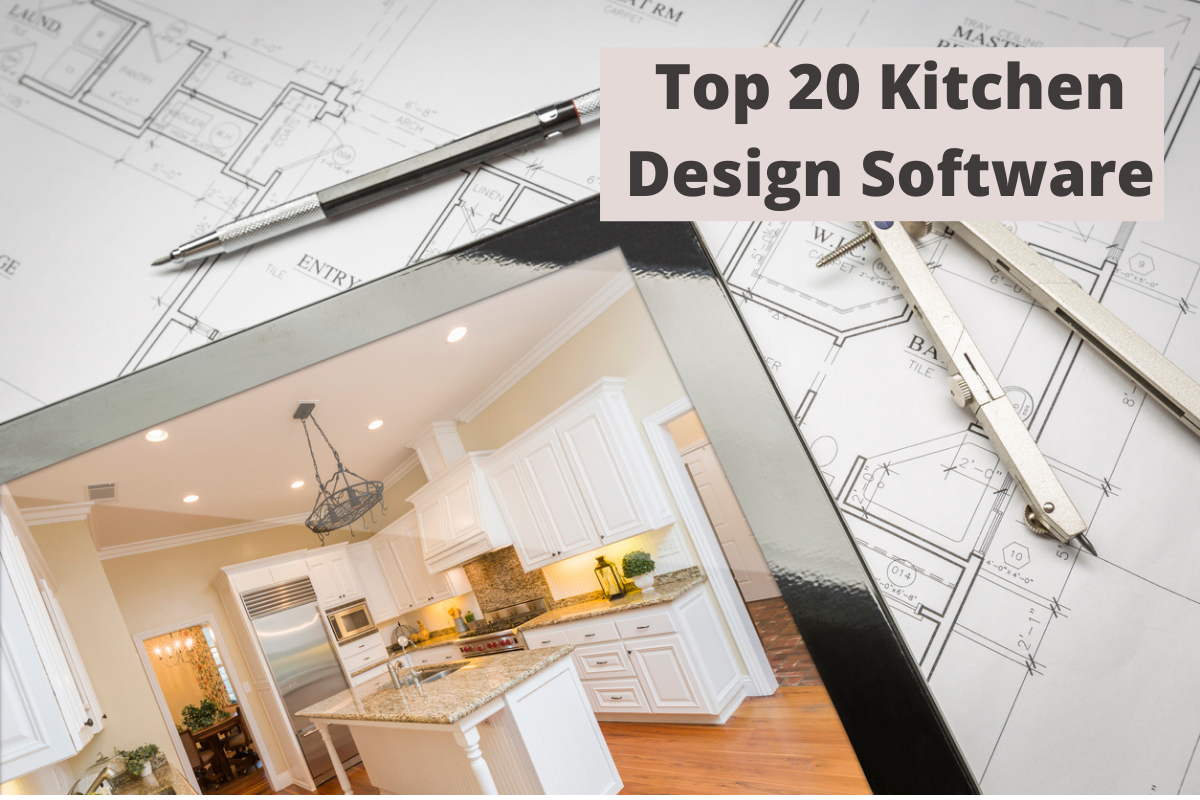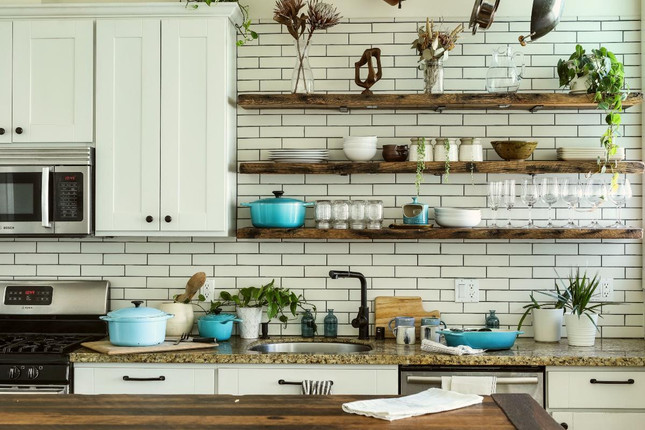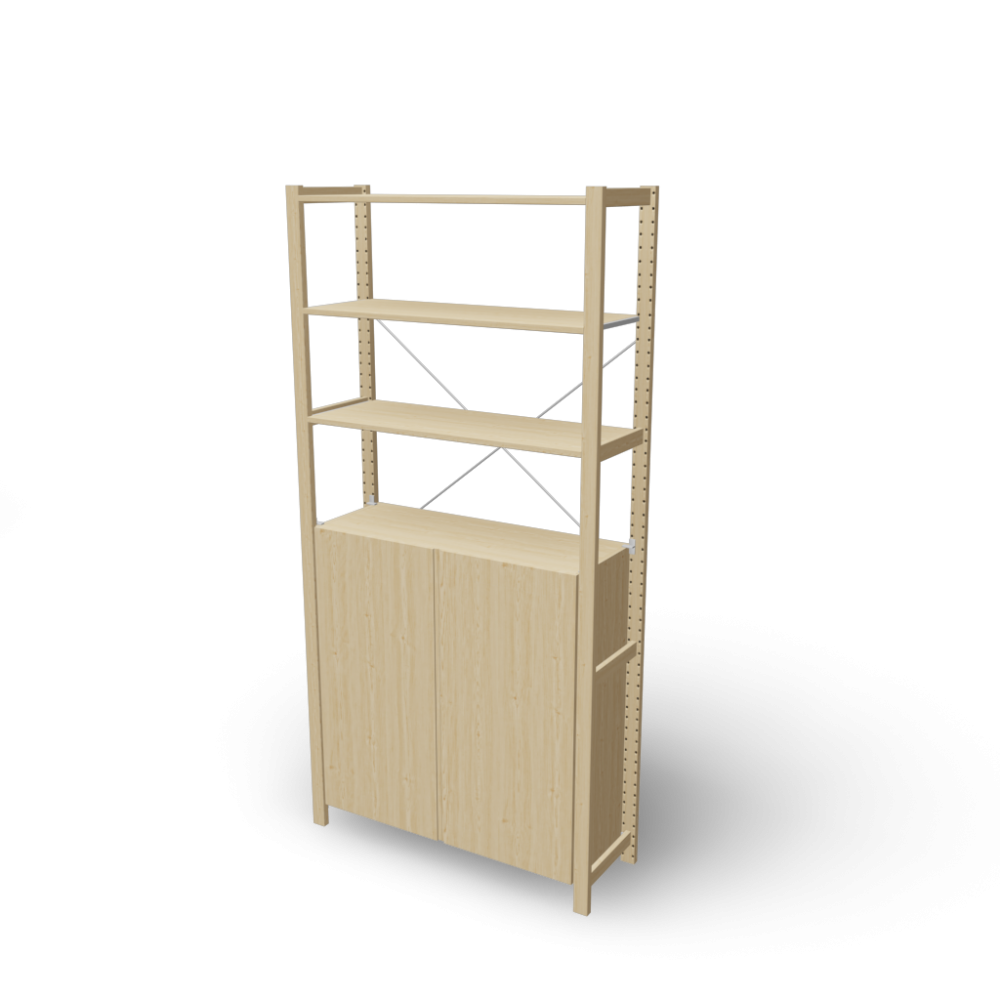

- Shelf and cabinet planner how to#
- Shelf and cabinet planner full#
- Shelf and cabinet planner plus#
- Shelf and cabinet planner professional#
- Shelf and cabinet planner windows#
Shelf and cabinet planner how to#
Take a look at the images below for an example of how to measure your kitchen. Use metric measurements, as this is what kitchen manufacturers use.

Map out your current kitchen layout (or empty kitchen if you plan to start from scratch) on graph paper. If you're short on space, see our small kitchen ideas for ways to make the most of every square inch. If you're not planning any structural work, you'll need to be realistic about what your space can accommodate.
Shelf and cabinet planner windows#
Remember to consider your kitchen's constraints, such as its size and the positions of doors, windows and plug sockets. Do you have room for the large appliances you want? For example, range cookers or American-style fridge freezers will take up a lot of space.Do you have a lot of gadgets? If you want them on display you'll need lots of worktop space if they'll be tucked away, you'll need deep cupboards.Which utensils and crockery do you use the most? Ensure they'll be easily accessible in your new kitchen design.Who will you be entertaining in your kitchen? You may want space for a table or a breakfast bar where people can sit and talk to you while you cook.How much storage do you need? Do you need more than you currently have? Open shelving or big, deep cupboards?.Where do you prepare food? Put your worktop space where you like to prepare food – possibly next to the hob.How do you move around your kitchen? Elements that you often use at the same time, such as the fridge and work surface, should be close together.The planning process is the key time to consider big changes to your kitchen's design, so think carefully about how you use your current space and how you would like to use the new one.Īsk yourself these questions before you start: One brand got an impressive score of 88% for one of its units. It also includes information on our new lab-based kitchen unit assessments, which saw three brands scooping a Best Buy.
Shelf and cabinet planner plus#
Our best kitchen brands review reveals the kitchen companies rated highest by their customers, plus details of each brand's planning services. When making initial enquiries, it's still best to arm yourself with measurements.
Shelf and cabinet planner professional#
They’re free.If you'd prefer to get professional help with the planning of your new kitchen, a number of the big kitchen companies offer planning services and tools – more on this below.
Shelf and cabinet planner full#
You can download the full plans which include a cut list and full page diagrams with instructions for assembly. Just putting that out there for anyone planning their own craft room paradise.

Toe kicks are preferable but this cabinet is very shallow so it would have just looked weird. Maybe it won’t be a problem at all but I don’t like adding protrusions in standing work areas. Though it looks pretty, that moulding is probably going to get stepped on or kicked…possibly frequently. We had to add a small piece of moulding at the bottom of my cabinet because of the gap left after installing the Pergo floors. This cabinet is secured to the cabinets behind it and then the countertop is secured to those cabinets through their top cleats. In my set-up, the countertop is not secured to this cabinet. I would either have it sit flush with the cabinet edges, or protrude by about 1″ on the front and sides. If you were to build it as a stand alone cabinet, you would simply add a top. The countertop acts as the top of this cabinet. This keeps wrapping paper from rolling off the shelf. The frames for the shelves are flush with the shelf bottoms, creating a 3/4″ lip on front of each shelf. Just sand and fill the edges before installation to make it easier to paint once it’s all built. The 1 1/2″ pieces to the frame facing this cabinet can be 1×2 pine or rip all the frame pieces out of plywood or MDF. Then it runs through the space at the top to the other side. The power comes into my wrapping cabinet through the back, into one of the side columns. The front panels could be another place for receptacles, depending on the layout of your craft room or where this cabinet will be sitting.

I cut the holes for the receptacles in side panels before attaching them. The horizontal pieces are all 3/4″, the rest is 1/2″.ĭrawing grid lines on the front and back side of the “back” will help you keep the shelves straight, and know where to drive your screws. Attach and secure with 1 3/4″ SPAX hardwood/mdf screws or 18 ga nails. I used a combination of 1/2″ and 3/4″ plywood for this cabinet. This space is for the Romex, so both sides of the cabinet have power. You’ll notice the cabinet top, sits down about 2 1/2″. I built my wrapping paper cabinet and attached it to a “half wall” that I built purely to bring the Romex out to the wrapping cabinet. It stores wrapping paper and it houses power outlets on both sides. This wrapping paper storage cabinet is a simple build but it holds a lot of importance.


 0 kommentar(er)
0 kommentar(er)
